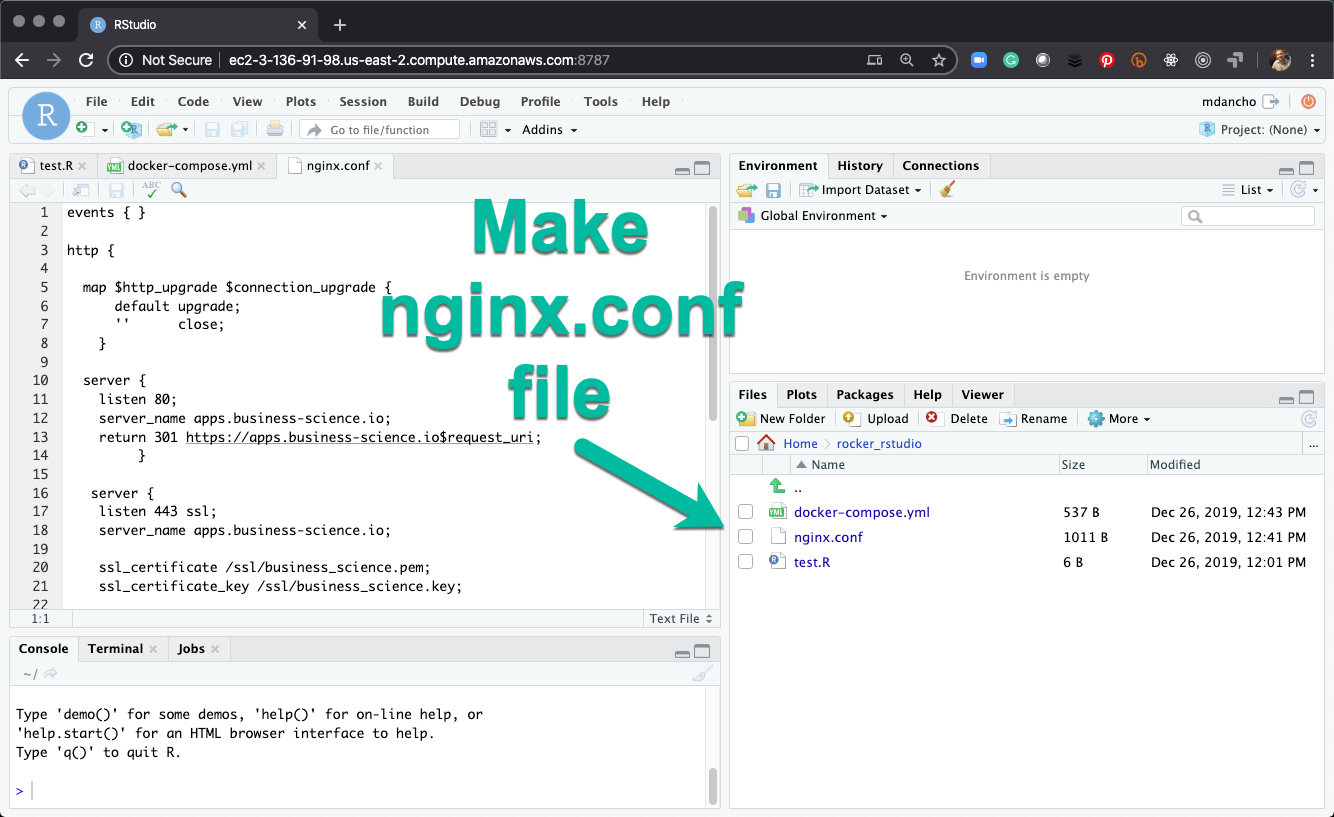

Networking, communication, and configuration become a bit more complicated in a microservices environment, so I took a few extra steps and precautions to simplify those components.Ĭreate an internal test method. Mostly, they focus on testing and resiliency concerns. There are a few steps I would recommend for integrating a microservice with an orchestration tool like Docker Compose.

The rest of the services are encompassed in a gray box denoting what Docker Compose handles. The database is managed separately in Neo4j Aura (a Neo4j-hosted cloud service), so we don’t containerize and manage it ourselves. Notice that only one service is not containerized - Neo4j. The border around each service represents the container housing each application.
DOCKER COMPOSE LOCAL CLOUD MANUAL
With so many components needing coordination, Docker Compose will reduce manual interaction for starting, stopping, and maintaining individual services by orchestrating them as a united group. We have two databases, three API services, a user-view service, and a configuration service. Our microservices system contains quite a few pieces to manage. set up the management layer with Docker Compose. containerize any currently-local applications, 2. We will work through these along the way and explain how I solved them.įor our project, we have two high-level steps to get managed microservice containers - 1. Today’s example will use Docker Compose.ĭocker Compose is an orchestration tool that manages containerized applications, and while I have heard many lament the complexity of Kubernetes, I found Docker Compose to have some complexities as well. Tools such as Kubernetes or Docker Compose have quickly become commonplace for these types of workloads. As microservices systems expand beyond a handful of services, we often need some way to coordinate everything and ensure consistent communication (avoid human error).


 0 kommentar(er)
0 kommentar(er)
